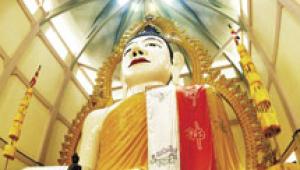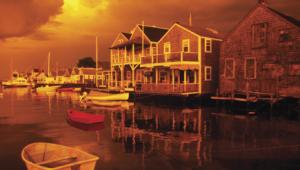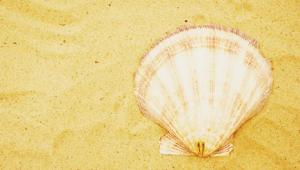Passport
First Look
The assignment was to photograph on the Caribbean island of Curacao. The clients were the Curacao tourism board and the public relations agency representing the board. Their slogan: "Curacao--for people who think they know the Caribbean." The slogan was perfect: it suggested new experiences and exotic surprises for experienced Caribbean travelers. And they'd picked the right photographer. Although I'd photographed extensively in the Caribbean, I'd never been to Curacao, so I'd be making discoveries and photographing them at the same time. |
|||
The only thing I knew about
the island was what I read on the five-hour plane trip. Population about
130,000, 55 nationalities, Dutch the official language, but folks also
speak English and Spanish. The Spanish were there first, but it was the
Dutch West India Company that laid claim in 1634 and turned the island
into a mini-Holland and a trading center. One of the ABC islands--with
Aruba and Bonaire--and a member of the Netherlands Antilles, Curacao
today is noted for its many ethnic groups and the easygoing harmony of
its people. Europeans like to call it "the Amsterdam of the Caribbean."
|
|||
Not much more than a tourist
would know, I thought as I got off the plane and saw Willemstad, the island's
capital and only city. It took only one look at the harbor and cityscape
for me to know that the visual tone of my photography had been set: the
architecture had a definite European flavor to it, while many of the colors
I saw were the bright reds, greens, and yellows of the Caribbean. |
|||
An hour after checking in, and checking with my client, I was discovering and photographing what was for me a brand-new place. And I was doing it in much the same way a tourist would. The photograph of the Willemstad harbor at sunset, for instance--who could resist that overall establishing shot? Making A List |
|||
My usual plan when setting
out to photograph is to cover specific topics and subjects--like
architecture, landmarks, monuments, local color and people. That's
the plan, but I often diverge from it. A photogenic person in the midst
of a day of architectural shooting will get my attention,but generally
I try to keep a theme in mind for the day. Going out with a self-assigned
goal ties me into the reality of having to get what I need from a location;
otherwise, I think I'd just wander around and point my camera at
whatever looked good at the moment. Also, having a goal for the day means
that the other image possibilities--say, portraits or graphic color--become
welcome breaks, nice surprises and changes of pace. It works for me. |
|||
I think I most enjoyed photographing
the people of the island. They were friendly and cooperative and always
gave me their time and their help. They had no problem helping me make
the pictures by standing in a different place if I asked politely and
kept the session short. I was on the island for a total of two weeks, and I can hardly wait to get back. I know my next visit won't have that "voyage of discovery" feeling, but the chance to get deeper into this fascinating place is more than enough of an incentive. |






















































